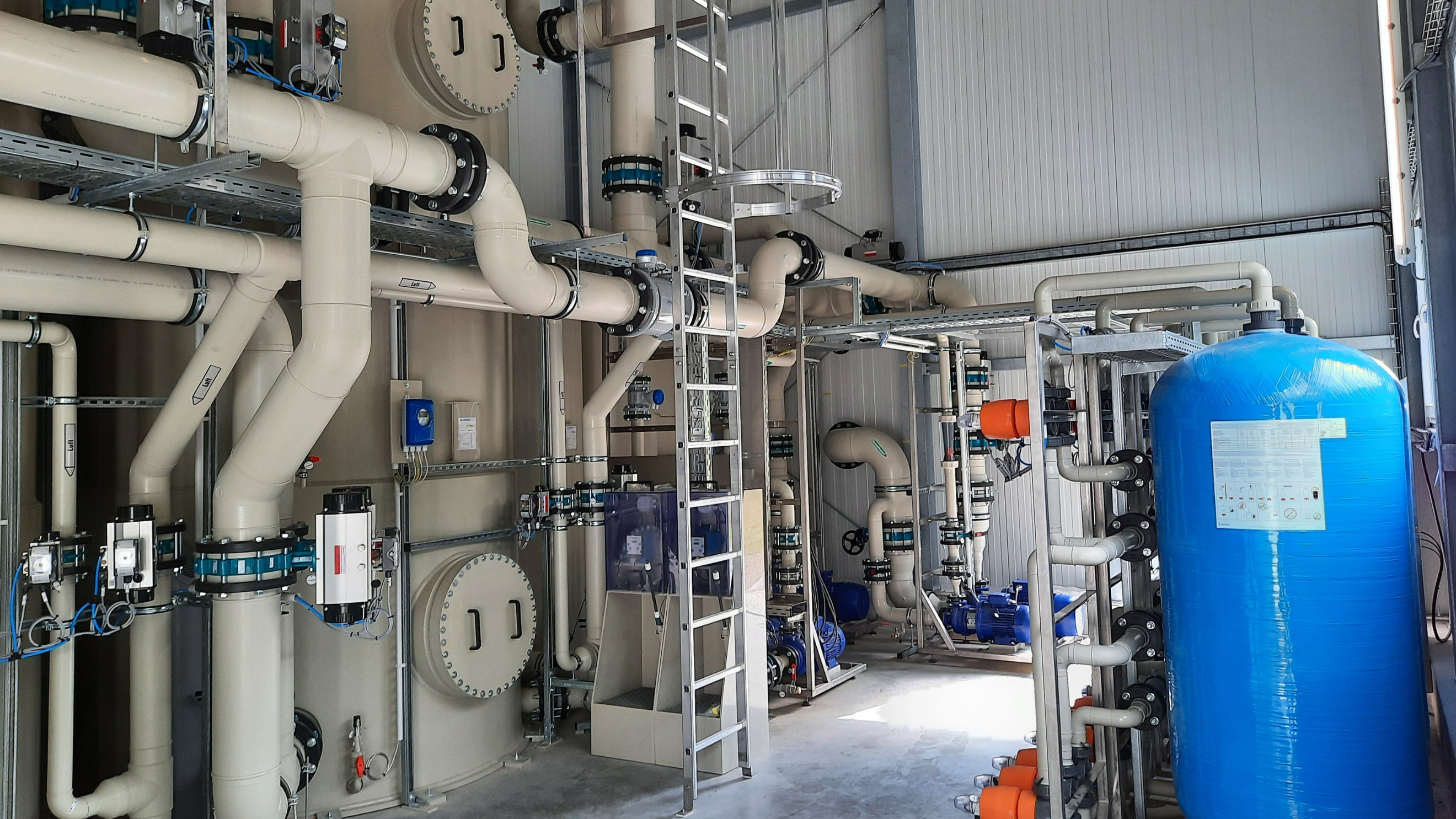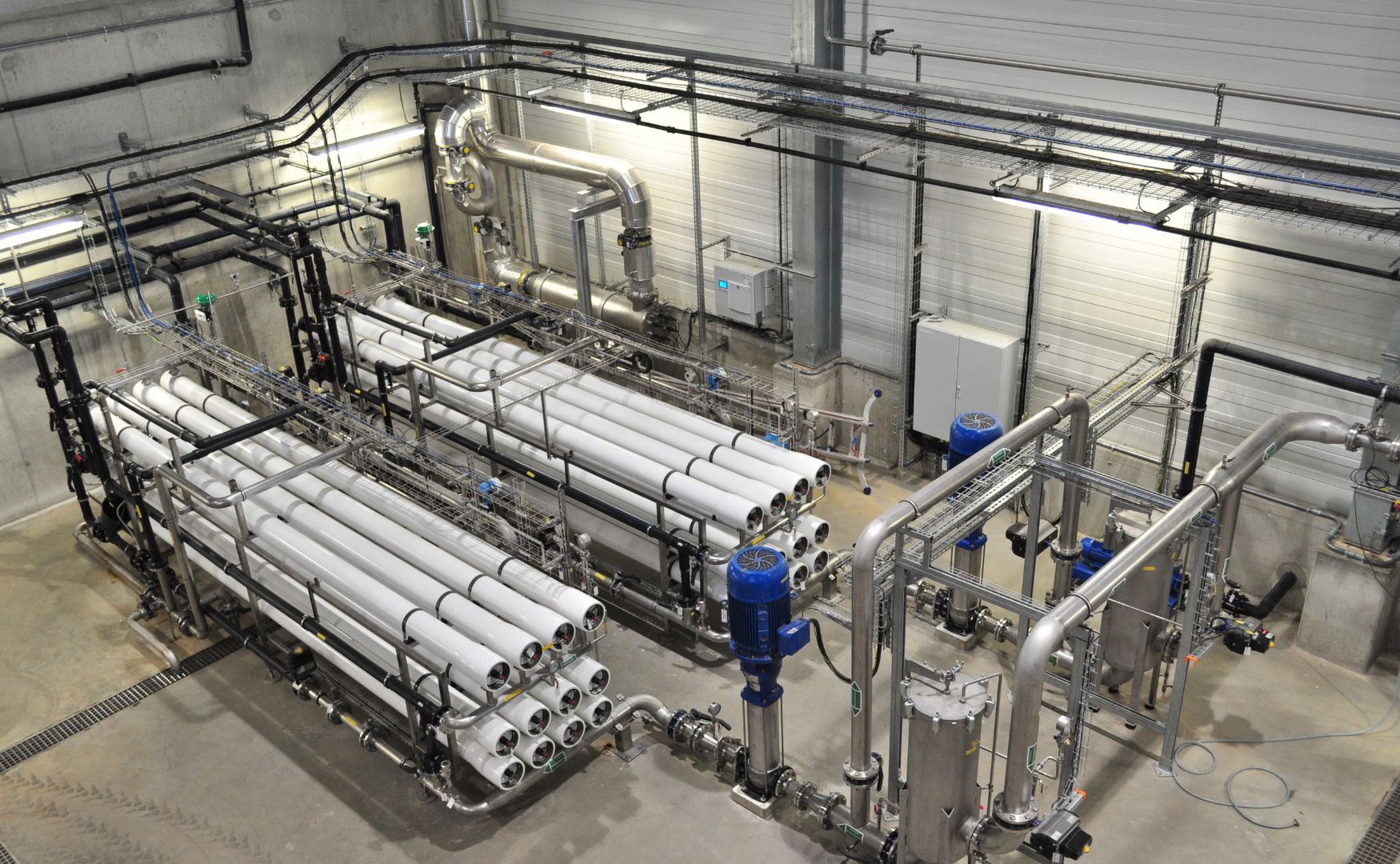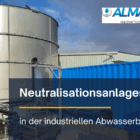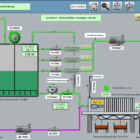Vapour condensates are a characteristic by-product of thermal processes, particularly in the food and beverage industry, breweries, the chemical industry and in evaporation plants. Their treatment and possible recovery are decisive steps towards conserving resources and reducing costs. Due to their composition and potential benefits, they are a key issue in industrial water treatment.
Table of contents
Definition and origin of vapor condensates
Vapor condensates are formed by the condensation of steam that is released during thermal processes such as evaporation, distillation, concentration or drying. This vapor often contains volatile organic and inorganic substances that pass into the water during condensation.
Typical sources:
- Food and beverage industry:
- Wort boiling in breweries.
- Concentration of fruit juices or dairy products.
- Drying of foodstuffs (e.g. spray drying of milk powder).
- Chemical industry:
- Evaporation processes in the production of chemicals or fertilizers.
- Recovery of solvents.
Composition of vapor condensates:
- Organic loads:
- Volatile organic compounds (VOC), e.g. ethanol, methanol or aldehydes.
- Fats, oils and proteins (in food processes).
- Inorganic substances:
- Ammonia, chlorides, sulphates and other salts.
- COD and BOD values:
- Depending on the source, vapor condensates can have high values, which makes them easily biodegradable.
- Odors:
- Due to volatile organic substances, vapor condensates can have unpleasant odors.
Importance of the treatment of vapor condensates
The direct disposal of vapor condensates is not only harmful to the environment, but also a waste of resources. Their treatment aims to recover water and recyclable materials and to comply with legal discharge limits.
Challenges:
- High organic load: Volatile organic substances increase the COD, which requires pre-treatment.
- Variable composition: The load can vary greatly depending on the process.
- Odour formation: Requires specific technologies for odour neutralization.
- Water quality: Treated water must meet the requirements for reuse (e.g. process water) or discharge.
Treatment technologies for vapor condensates
The treatment of vapor condensates requires a targeted combination of biological and membrane-based processes in order to remove both organic and inorganic contaminants. The following technologies have proven particularly effective biofiltration and reverse osmosiswhich each offer specific advantages and areas of application.
1. biofiltration
Biofiltration is a proven process for removing organic pollutants, in particular volatile organic compounds (VOCs), from vapor condensates. It is characterized by its chemical-free operation and its high efficiency in reducing the chemical oxygen demand (COD).
Functionality:
- Microbial degradation:
- Microorganisms, which are located on special filter materials, metabolize the organic substances. In the process, volatile compounds such as ethanol, methanol and aldehydes are converted into harmless end products such as CO₂ and water.
- Filter materials:
- Frequently used materials are sand, activated carbon or plastic carriers. These offer a large specific surface area for microbial growth and an even distribution of the water flows.
- Ventilation:
- A targeted supply of oxygen (e.g. through ventilation systems) ensures optimum activity of the microorganisms and prevents anaerobic decomposition processes that could lead to odors.
Advantages:
- High efficiency:
- Biofiltration can reduce COD values by up to 80 %.
- Protection of subsequent processes:
- Reducing the organic load improves the service life and efficiency of downstream membrane processes such as reverse osmosis.
- Chemical-free:
- Biofiltration works without the use of chemical additives, which makes it environmentally friendly and economical.
Applications:
- Particularly suitable for vapor condensates from the food and beverage industry, for example when boiling wort in breweries or concentrating juice.
- Also effective in the chemical industry, especially in processes with a high organic load.

Photo: Our ALMA BioFil Compact biofiltration system for the treatment of vapor condensates and other organically contaminated wastewater
2. reverse osmosis (RO)
Biofiltration is one of the most effective pressure-driven membrane processes for removing dissolved substances from vapor condensates. It enables the recovery of almost pure water, which can be fed directly back into the production cycle.
Functionality:
- Pressure-driven process:
- The vapor condensate is pressed through a semi-permeable membrane under high pressure (typically 10-70 bar). This membrane allows water molecules to pass through, while dissolved substances such as salts, organic compounds and micropollutants are retained.
- Retentate and permeate:
- Das „Permeat“ (das durchgelassene Wasser) ist nahezu frei von Verunreinigungen und hat eine sehr niedrige Leitfähigkeit (< 10 µS/cm).
- The "retentate" (the concentrated residue) contains the separated pollutants and is further treated or disposed of accordingly.
Advantages:
- Extremely high retention rate:
- Removes up to 99 % of dissolved salts, organic substances and micropollutants, including trace substances such as PFAS or pharmaceutical residues.
- High purity water:
- The treated water is ideal for reuse in process water applications or for feeding into cooling circuits and boiler systems.
- Flexibility:
- Reverse osmosis systems can have a modular design, which makes them easy to adapt to different requirements.
Applications:
- Reuse as process water:
- The permeate can be used as cooling water, cleaning water or directly for the production process.
- Feed into cooling water circuits and boiler systems:
- The low conductivity of the water prevents corrosion and deposits in cooling circuits and steam boilers, which increases their efficiency and service life.
- Post-treatment after biofiltration:
- Reverse osmosis is often used after biofiltration to remove any remaining dissolved substances and ensure the highest water quality.

Photo: Our ALMA OSMO reverse osmosis system for in-house water recycling
Sustainability and water recycling
Targeted treatment can turn vapor condensates into a valuable resource:
- Reuse in the process:
- Treated water can be fed directly back into the production process, e.g. as cooling water or cleaning water.
- Cost efficiency:
- Reduction in fresh water costs and savings on wastewater charges.
- Environmental friendliness:
- Conservation of resources and reduction of ecological impact.
Conclusion
Vapor condensates represent both a challenge and an opportunity in industrial water treatment. Their efficient treatment through biofiltration, reverse osmosis and supplementary processes enables the sustainable use of water resources. By combining modern technologies, not only can legal requirements be met, but economic and ecological benefits can also be realized. Companies that regard vapor condensates as a valuable resource actively contribute to a circular economy and a sustainable water strategy.
For further information on our products, please feel free to contact us at any time!








